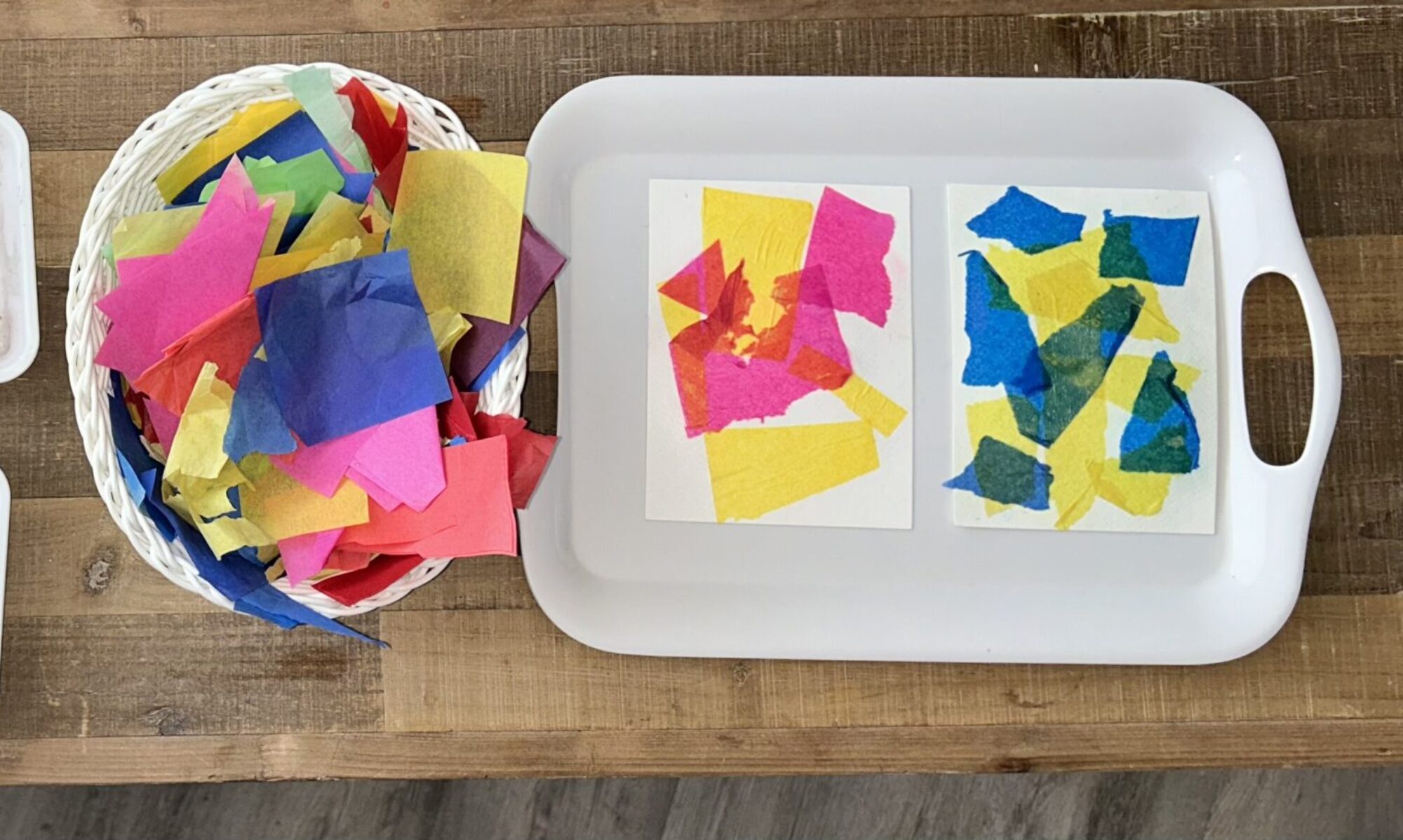
One of the aspects I love about Montessori pedagogy is the emphasis on teaching students Grace & Courtesy, which aligns perfectly with art activities like Thanksgiving, and National Giving Day. The main focus of grace and courtesy is to nurture the development of social skills and manners in children, aiming to instill respect, kindness, and consideration for others. So for that reason I want to share some of these ideas and art activities that follow these important lessons.
Types of grace and courtesy
Respect is important for demonstrating how to treat classmates, teachers, and nature with kindness. Like using polite words, practicing active listening, and acknowledging others’ emotions, children learn valuable interpersonal skills.
Moving on, Learning Practical Skills is another essential lesson that helps students with the ability to greet others, introduce themselves, seek help when needed. And even navigate social interactions confidently. Additionally, Conflict Resolution teaches effective methods for peacefully resolving disagreements. By promoting communication, fostering attentive listening, and seeking mutually agreeable solutions, students develop valuable conflict resolution skills.

Another fantastic grace and courtesy lesson centers on Empathy and Compassion, aiming to foster these qualities by helping students understand and value the emotions and viewpoints of others. Moreover, additional lessons address Independence and Responsibility, guiding children on caring for their surroundings. Additionally, maintaining cleanliness, and actively participating in the classroom community.
Using Art Activities
You can use simple art activities to teach other important lessons like like Cultural Awareness. Lessons on cultural diversity and global awareness, fostering appreciation and respect for differences. And politeness and Good MannersTeaching basic etiquette, such as saying “please” and “thank you,” waiting turns, and expressing gratitude for a positive social environment.
Another fantastic grace and courtesy lesson centers on Empathy and Compassion. Moreover, students understand the value of emotions and viewpoints of others. Finally, additional lessons address Independence and Responsibility, guiding children on caring for their surroundings, maintaining cleanliness, and actively participating in the classroom community’s welfare.
Connect art with grace and courtesy
So, start with simple crafts to support these ideas. You can create arts and crafts using basic materials like crayons, paper, and colored pencils. These easy art projects can be wonderful gifts for various recipients such as veterans clubs, senior centers, children’s hospitals, schools, neighbors, family, or classrooms. The focus is on crafting thoughtful gifts. Many of these projects require readily available materials.
I have curated resources to help in teaching these art concepts, including links to external resources on YouTube and other blogs apart from my own. When using YouTube, remember to skip past any ads to get to the content directly.
- Mexican Yarn Weaving (Cat’s or God’s Eye)
- [Watch Demo] By young student on Youtube
- Make Gratitude Jar & ScrollsStory book – The Gratitude Jar
- [Watch Book] on Youtube
- [Watch Why Gratitude Jars Work] on Youtube
- [Watch Making one for home] on Youtube
- Make Gratitude Cards
- [Watch Making With Cards Easy ] Demo by Spramani
- [Watch Leaf Crayon Rubbing Ideas] Demo by Spramani
- Potato Stamping
- Watch Quick Demo by Spramani
- Blog Post by Spramani
- Flower Arrangement
- Great Blog by anaturalnester
- Nature Mandalas / Coloring MandalasHow to make nature mandala
- Watch Demo on Youtube
Blog Montessori Art Mandala Activity For Stress by Spramani
Reading the book “The Hugging Tree: A Story About Resilience” offers a great chance to inspire individual artistic expression using color pencils or watercolor paint. Start by leading your classroom in meaningful conversations about nature, trees, and botany. Once the story has been shared with the students, initiate a dialogue about the art depicted in the book. Encourage them to then create their own tree series or artwork inspired by the narrative. This allows them to convey their emotions and interpretations through drawings and paintings. Furthermore, students can enhance both their artistic and literary skills by crafting their poetry or even composing a book to complement their illustrations.


























































